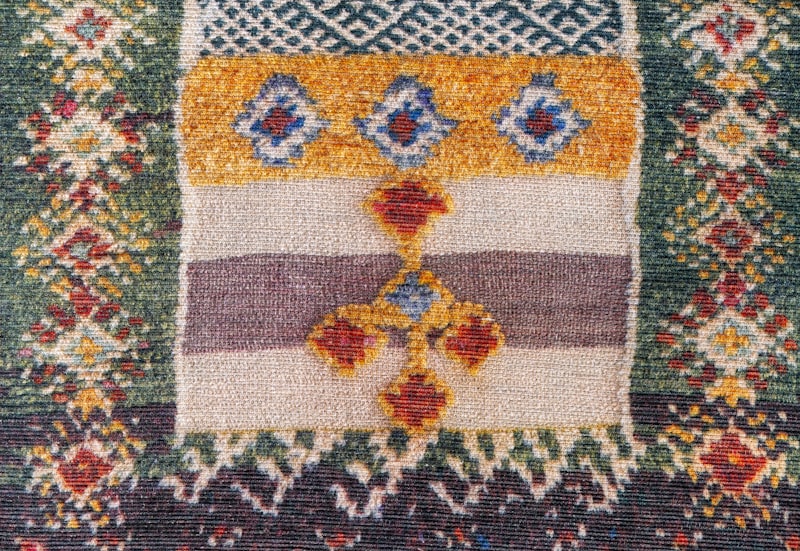Exploring Floral Embroidery Options: A Guide to Enhance Your Craft
Introduction to Floral Embroidery Options
Floral embroidery options have increasingly gained popularity among crafters and fashion enthusiasts alike. With the rise of DIY culture and the desire for personalized garments and home decor, floral embroidery serves as a creative outlet that transforms ordinary fabrics into extraordinary pieces of art. This article will explore various floral embroidery options, techniques, and tips to help you create stunning embroidered masterpieces.
Understanding Floral Embroidery
At its core, floral embroidery involves stitching decorative floral designs onto fabric. This art form allows for an array of creative expressions, from simple daisies to intricate rose patterns. The versatility of floral embroidery makes it suitable for various applications, including clothing, accessories, and home decor. Whether you're a novice or an experienced embroiderer, there are numerous options available to enhance your craft.
Popular Floral Embroidery Techniques
When it comes to floral embroidery options, several techniques can be employed to achieve different effects. Below are a few popular methods:
| Technique | Description |
| Cross-Stitch | A technique where X-shaped stitches create a pattern, often used for simple floral designs. |
| Stem Stitch | This method involves creating a twisted line effect that mimics the look of stems and leaves. |
| French Knot | Ideal for creating textured flower centers, French knots add dimension to floral designs. |
| Back Stitch | A simple yet effective technique for outlining floral motifs, giving them a defined look. |
| Appliqué | This technique involves sewing a piece of fabric onto another, allowing for colorful floral shapes. |
Choosing the Right Materials
To ensure the best results, selecting the appropriate materials for your floral embroidery project is crucial. Here are some key components to consider:
Fabric
Different fabrics yield different results in terms of texture and appearance. Cotton is ideal for beginners due to its easy-to-work-with nature, while silk adds a touch of luxury to embroidered items. Additionally, use **canvas** for sturdy projects like bags and home decor.
Threads
Embroidery thread comes in various fiber types, with cotton and polyester being the most common. Cotton threads are softer and more versatile, while polyester threads are stronger and more resistant to fading. Always consider the texture and quality of your threads, as they drastically affect the final outcome.
Needles
Choosing the right needle is essential for successful floral embroidery. Use embroidery needles, which have a larger eye to accommodate thicker threads. Additionally, consider the fabric's weight to select the appropriate needle size.
Floral Embroidery Design Ideas
Creating floral designs can be as easy or as complex as you wish. Here are some popular floral embroidery options and design ideas:
Single Flower Motif
A single flower design, such as a daisy or tulip, can add a delicate accent to an otherwise plain fabric. You can place a single embroidered flower on the corner of a napkin or as a subtle embellishment on a blouse.
Cluster of Flowers
For a bolder statement, consider creating a cluster of flowers. This design can be beautifully arranged on the front of a clothing item or on the backside of a jacket, giving it a unique touch.
Floral Border
A floral border can enhance the hemline of skirts, tablecloths, or pillowcases. Incorporating various flowers in a repetitive pattern creates a cohesive and visually appealing look.

Tips for Successful Floral Embroidery
Improving your floral embroidery skills requires practice and understanding of best practices. Here are some tips to help you create beautiful embroidered pieces:
Plan Your Design
Before starting any project, sketch out your design or use a template. This will help you visualize the final product and determine the placement of your floral motifs.
Use Stabilizers
Stabilizers can help prevent fabric distortion during the stitching process. Choose the right type of stabilizer depending on your fabric and design complexity.
Practice Stitches
Practicing your stitches on scrap fabric can boost your confidence and improve your skills. Experiment with different techniques until you feel comfortable with your chosen floral design.
Take Your Time
Embroidery is an art, and rushing through it can lead to mistakes. Work at your own pace, and enjoy the creative process.
The Future of Floral Embroidery Options
The world of floral embroidery is ever-evolving, with new trends emerging regularly. As sustainability becomes increasingly important, many crafters are exploring eco-friendly materials and practices in their embroidery projects. This shift not only supports the environment but also adds a unique story to each embroidered piece.
Conclusion
Floral embroidery options provide a wealth of creative opportunities for both novice and experienced crafters. Whether you decide to create a single flower motif or a lush floral border, the key is to choose the right materials, techniques, and designs that resonate with your personal style. As you explore this art form, remember to practice, plan, and most importantly, enjoy the journey. Embrace your creativity and let your embroidery speak for itself!
In summary, floral embroidery offers endless possibilities for personalization in fashion and decor. By understanding the techniques, materials, and design ideas, you'll be well on your way to mastering this beautiful craft.
Remember to explore various floral embroidery options and have fun with your creations!